Deck & Commander Strategies
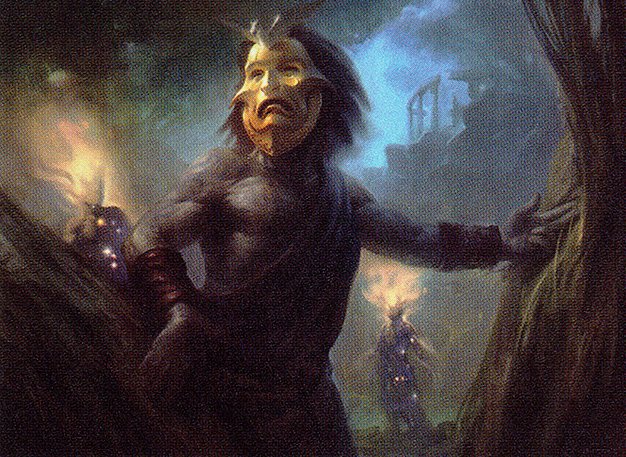
Daxos the Returned
Build experience counters by casting enchantments to create powerful enchantment creatures and tokens. Use life payment and card draw engines like Necropotence to maintain advantage and apply pressure with incremental damage.

Zur the Enchanter
Use tutor effects to find impactful auras that boost creatures and commanders, enabling aggressive commander damage and life gain. Control the board with strategic removal and disruption.
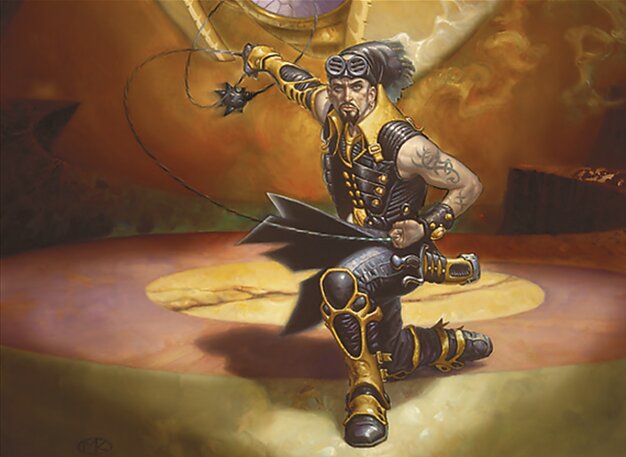
Chainer, Dementia Master
Utilize graveyard recursion to bring back creatures, combined with board wipes like Oblivion Stone to reset the board and stabilize. Control opponents with removal spells and life gain.

Ghoulcaller Gisa
Leverage zombie tribal synergies by creating tokens with Cryptbreaker and recurring creatures with Tortured Existence. Use sacrifice outlets and discard effects to maintain board presence despite land struggles.
Gameplay Insights
- 1
Daxos player effectively utilized experience counters to create progressively stronger enchantment creatures, turning incremental advantage into board control and damage.
- 2
The timing of Oblivion Stone’s activation and subsequent board wipe by Chainer's player significantly altered the board state, resetting threats and slowing aggressive strategies.
- 3
Jamison’s Zur deck capitalized on aura synergy to turn the commander into a potent threat, using enchantments to pump power and gain life to offset damage received.
- 4
The use of Rest in Peace and Oppression by Daxos disrupted graveyard and hand resources, hampering opponents’ ability to recover and maintain pressure.
- 5
Jason’s Gisa deck maintained resilience despite land floods through Cryptbreaker’s card draw and Tortured Existence recursion, keeping a steady stream of zombie tokens.
- 6
Multiple activations of Necropotence by different players showcased the value of life payment for card advantage, fueling strategic plays despite the life cost.
- 7
The interaction between enchantment-based tokens and targeted removal created constant shifts in board presence, emphasizing the importance of timing and resource management.
Notable Cards
-

Mana Crypt
-
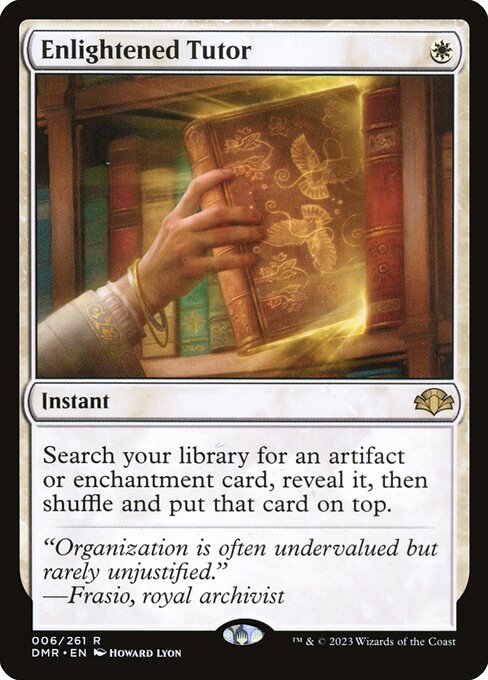
Enlightened Tutor
-
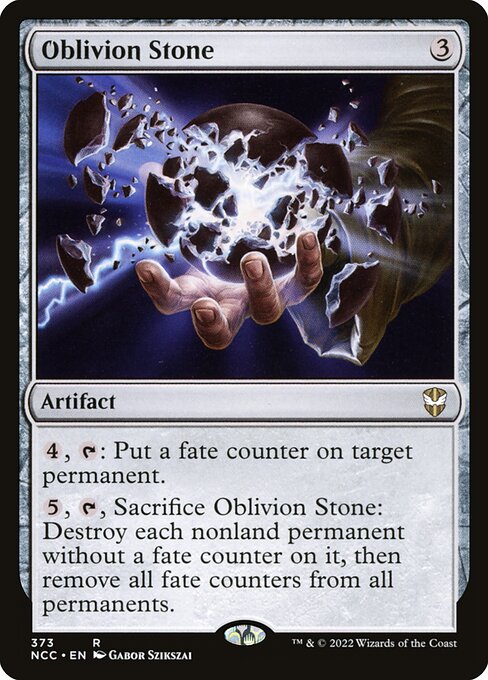
Oblivion Stone
-
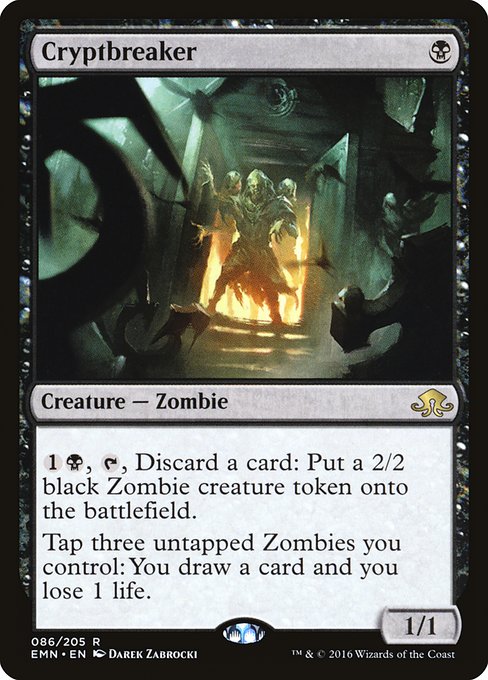
Cryptbreaker
-

Swords to Plowshares
-
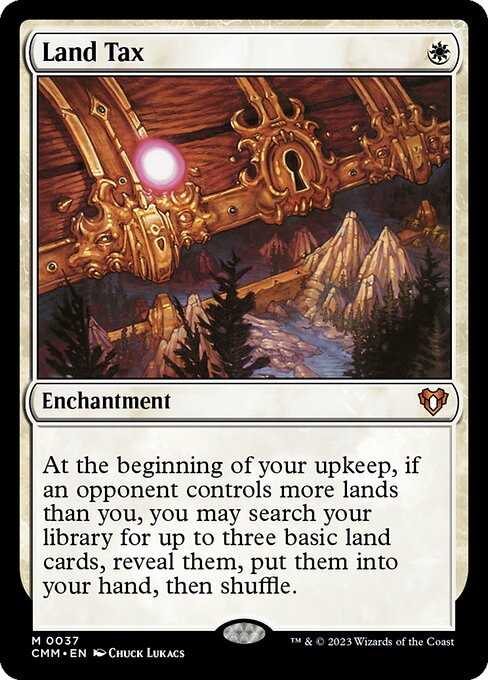
Land Tax
-
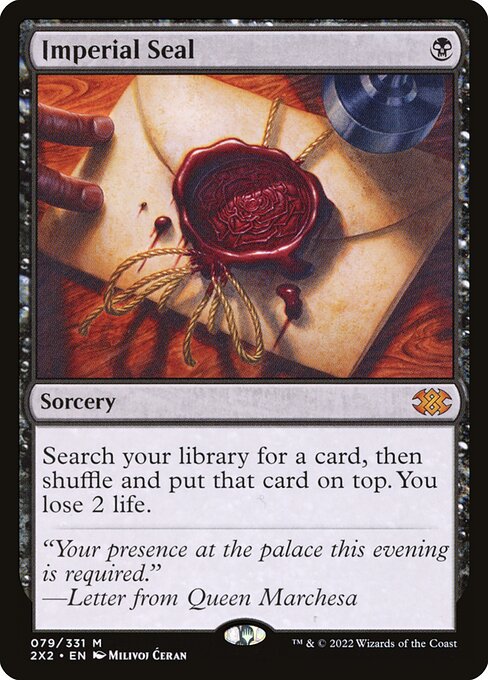
Imperial Seal
-

Necropotence
-
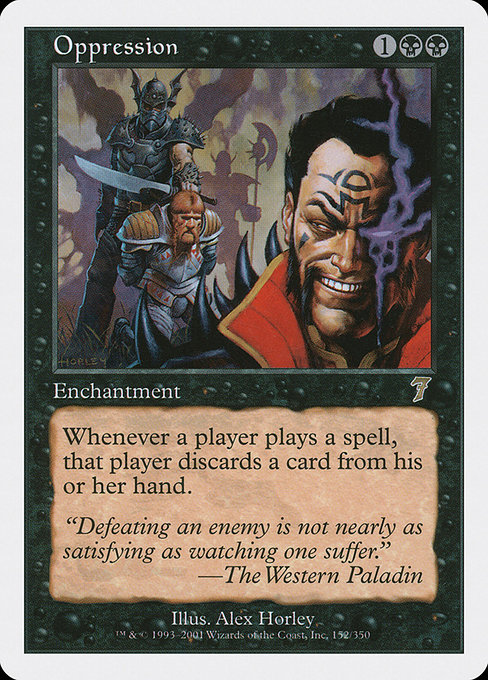
Oppression
-
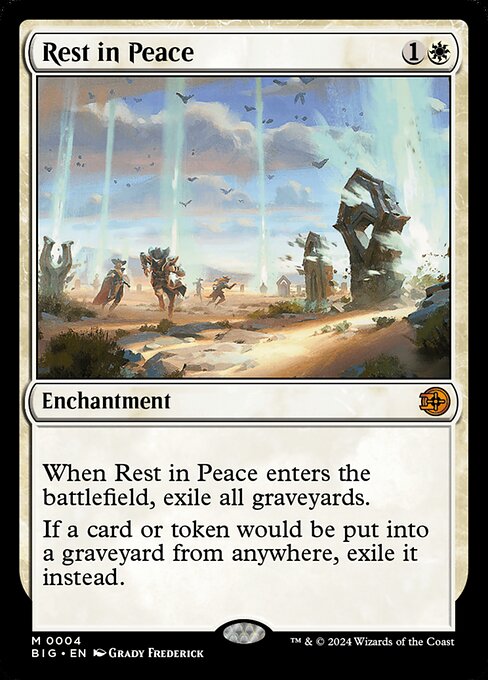
Rest in Peace
-
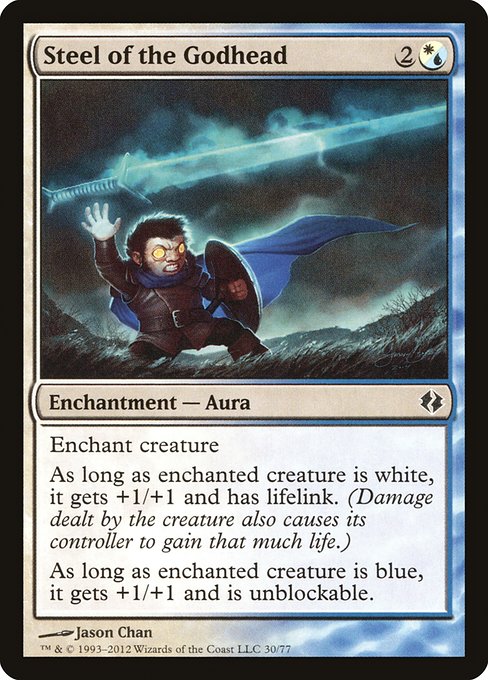
Steel of the Godhead
-
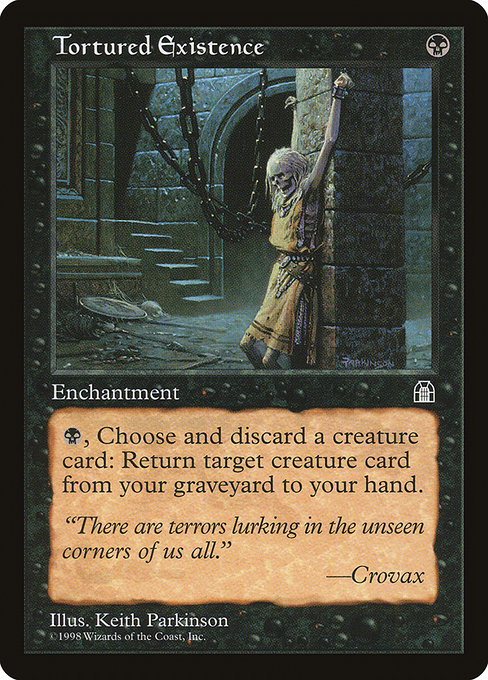
Tortured Existence
-

Ghostly Prison
-
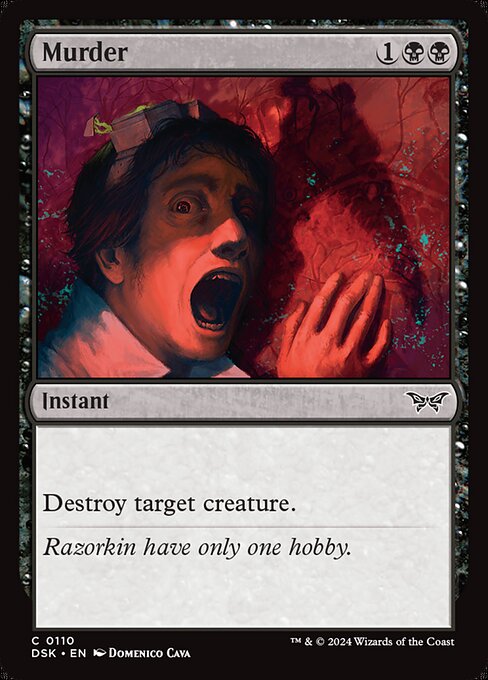
Murder
Gameplay Summary
The game began with a strong focus on mana acceleration and early board presence, with each player establishing their colors and key pieces.
The Daxos player quickly built experience counters by creating enchantment creatures and leveraging tokens, while utilizing card draw engines such as Necropotence to maintain hand advantage.
The early game saw multiple board wipes and removal spells, notably an Oblivion Stone cleared by Chainer's player and Swords to Plowshares removing Chainer himself, temporarily shifting the momentum. Throughout the midgame, Jamison’s Zur deck capitalized on enchantment synergies, using tutors to find powerful auras like Steel of the Godhead and Cereal Armor to enhance creatures and gain life, applying pressure via commander damage.
Jason's Gisa deck struggled with land drops but maintained board presence through Cryptbreaker and zombie tokens, using Tortured Existence to recur threats.
Zach’s Chainer deck utilized graveyard recursion and board wipes to stabilize, but was eventually pressured by the enchantment-heavy strategies.
The game’s critical moments included Daxos generating multiple experience counters and enchantment spirits, casting oppressive enchantments like Rest in Peace and Oppression to disrupt opponents' resources, and Jamison's Zur aggressively pumping his commander to threaten lethal commander damage.
The win condition focused on incremental damage through enchantment creatures and enhanced commanders, alongside resource denial to lock opponents out of the game.


















![Commander VS: Ghoulcaller Gisa VS Torbran VS Chulane VS Sisay [From SCGCON] thumbnail](https://i.ytimg.com/vi/D0eveMMHDz0/sddefault.jpg)
![Commander Versus Series: Gisa (Justin Parnell) Vs. Geralf (Stephen Green) [Magic: the Gathering] thumbnail](https://i.ytimg.com/vi/8TXXQpAgGfk/sddefault.jpg)







![Commander VS S3E5: Meren vs Ezuri vs Daxos vs Mizzix [MTG: Multiplayer] thumbnail](https://i.ytimg.com/vi/loGTYPhi5mA/sddefault.jpg)
![Commander Vs Special: Meren vs Mizzix vs Ezuri vs Daxos [MTG: Multiplayer] thumbnail](https://i.ytimg.com/vi/7hdwKwKQk8s/sddefault.jpg)








![Commander VS S12E9: Chainer vs Hope of Ghirapur vs Edric vs Ambassador Laquatus [EDH] thumbnail](https://i.ytimg.com/vi/dOiEyWLR-eE/sddefault.jpg)


![Commander VS S14E6: Depala vs Zur vs Tasigur vs Jeleva [EDH] thumbnail](https://i.ytimg.com/vi/5ukCL9oaRww/sddefault.jpg)

![Commander VS S7E8: Wrexial vs Rakdos vs Zur vs Feldon [MTG] thumbnail](https://i.ytimg.com/vi/uShPuN5yal8/sddefault.jpg)

![Commander Vs Holiday Special: Rakdos vs Ertai vs Selvala vs Zur [MTG: Multiplayer] thumbnail](https://i.ytimg.com/vi/jx5xp9p9Vwc/sddefault.jpg)
